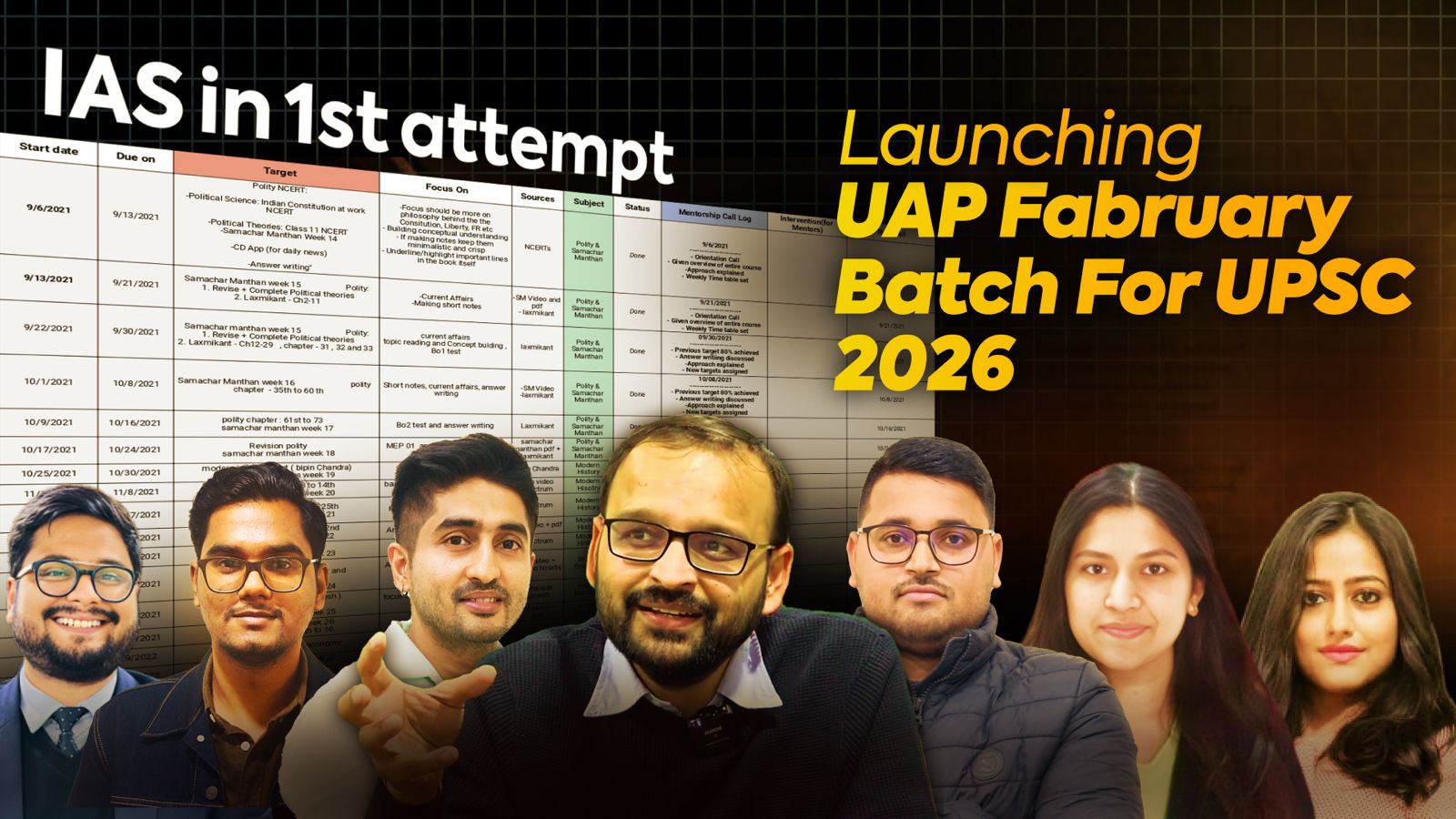Catch up on the earlier article: Know Your Services | The Indian Administrative Service
Intro
- The Indian Police Service or IPS, is one of the three All India Services
- It replaced the Indian (Imperial) Police in 1948, a year after India gained independence from Britain
- IPS is not a force itself but a service providing leaders and commanders to staff the state police and Central Armed Police Forces
Remember Archana Ramasundaram?<first woman to head a central armed police force> Read more about her here.
Role:
- To fulfill duties based on border responsibilities, in the areas of maintenance of public peace and order, crime prevention, investigation, and detection, collection of intelligence, VIP security, counter-terrorism etc.
- Leading and commanding the Indian Intelligence Agencies like Research and Analysis Wing (R&AW), Intelligence Bureau (IB), Central Bureau of Investigation (CBI), Criminal Investigation Department (CID) etc. Our own James Bond 007 (Ajit Doval), is retired Kerala cadre IPS officer who went on to head IB
- Leading Indian Federal Law Enforcement Agencies, Civil and Armed Police Forces in all the states and union territories
- Leading and commanding the Central Armed Police Forces (CAPF) which include the Central Police Organisations (CPO) such as Border Security Force (BSF), Central Reserve Police Force (CRPF), Indo-Tibetan Border Police (ITBP), National Security Guard (NSG), Central Industrial Security Force (CISF)
- Serve at head of the departments in policy making in the Ministries and Departments of Central and State Governments and public sector undertakings both at centre and states, Government of India
- To interact and coordinate closely with the members of other All India Services and with the Indian Revenue Service and also with the Indian Armed Forces primarily with the Indian Army
- To lead and command the force with courage, uprightness, dedication and a strong sense of service to the people
However, with changing times, more and more IPS officers are serving in departments and areas that used to exclusively be the forte of IAS officers, just as the IAS officers now at times head departments like vigilance which were exclusively given to IPS officers. This widening of opportunities and exposure has made the IPS even more attractive.
Eligibility:
- The eligibility criteria for the IPS exam is the same as for other services but there are some physical criteria that the IPS officers have to have.
- Once the candidate clears the civil services and gets allotment to the IPS as per his rank, he has to go through the specified physical tests to make him eligible for service.
Some of the special physical requirements for IPS are listed below:
- A minimum height of 165 cm for men and 150 cm for women (the minimum height is relaxable to 160 and 145 cm for men and women respectively in the case of candidates belonging to ST and to races such as Gorkhas, Garhwalias, Assamese, Kumaonis, Nagaland Tribals, etc.)
- The minimum chest girth, fully expanded: 84 cm for men and 79 cm for women. Expansion of 5 cm for both men and women
- The total amount of Myopia (including the cylinder) should not exceed minus 4.00 D and the total amount of Hypermetropia (including the cylinder) should not exceed plus 4.00 D. The presence of Squint is a disqualification
- The Distant vision for better eye(Corrected Vision) should be 6/6 or 6/9 and for the worse eye(Uncorrected Vision) should be 6/12 or 6/9 and near vision should be J1 and J2 respectively.
- Spectacles are permitted
- High grade color vision is required and Binocular vision is needed <colour blinds are ineligible>
Cadre system:
- Again being an ‘All India Service’, it follows the Cadre system
- In this system officers are allotted to various state cadres and your service is allotted to that state. So for all practical purposes you belong to that state service and may be deputed elsewhere but you’ll always be recognized by your parent cadre
- The cadre system is allotted on a basis of rank similar to IAS cadre allocation and the toppers of each state may get a chance to get their home states if they have opted for such a preference
Recruitment and Training:
- The IPS recruitment and training period is among the longest in all services and extends to almost 2 years in total
- Usually the first part of the training is done with the other services like the IAS at Mussoorie
- From Mussourie they go for Bharat Darshan with other services in groups
- The second part of the training in 2 phases is done in the National Police Academy (NPA) in Hyderabad (academy website here)
- The IPS officers also have a certain amount of training in a district of their cadre in between the 2 phases of training at the IPS academy
The motto of the IPS academy is Satya Seva Surakshnam, Sanskrit for ‘Mean Truth, Service Security’.
A special training in driving and mechanism of motor vehicles, and underwater survival are given to trainee oofficers
Salary structure
Ranks & Insignia
Always fascinated about 3 stars on shoulder? See here what you get at different ranks
Published with inputs from Swapnil






